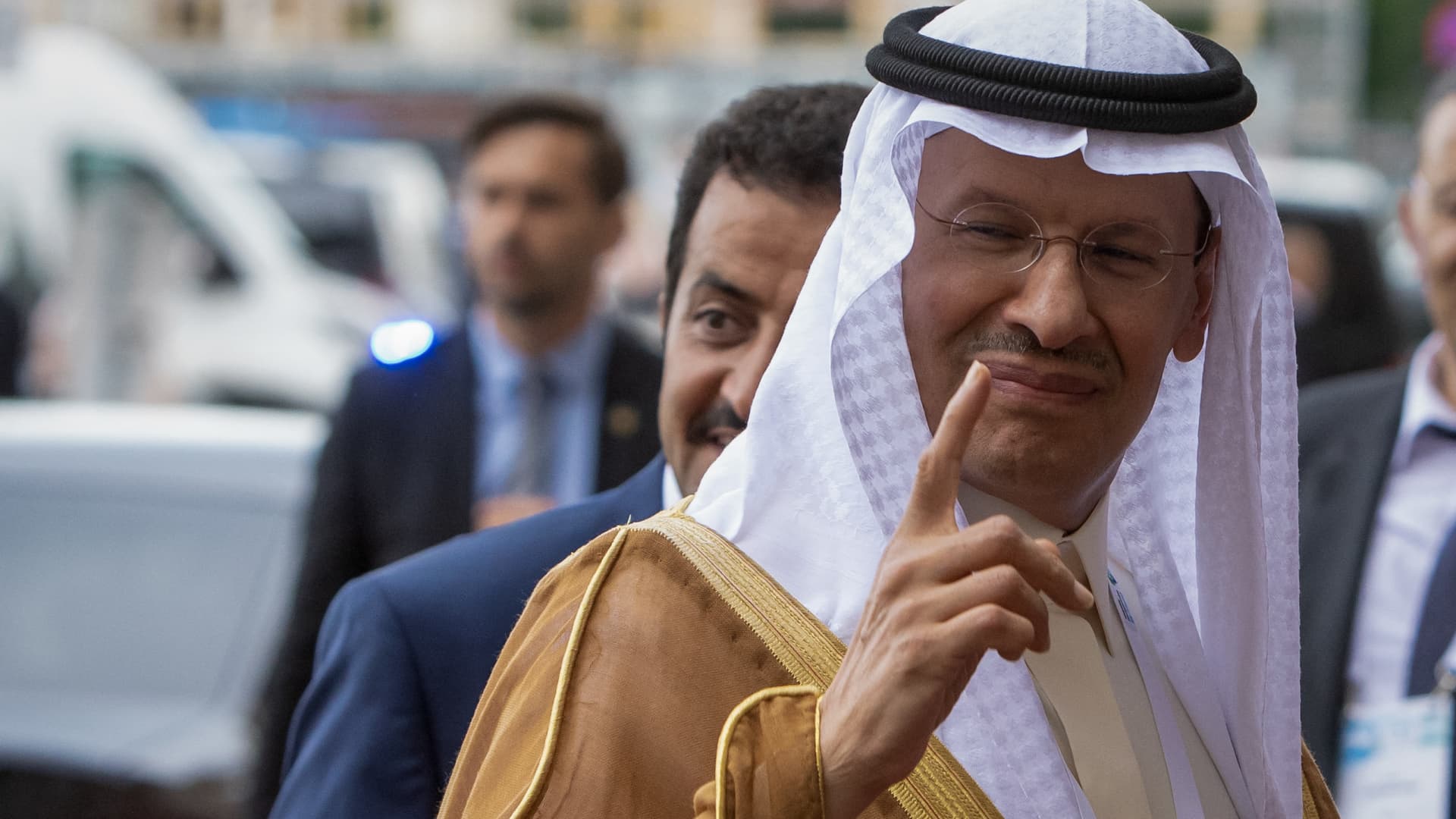Saudi Arabia, de facto leader of the Organization for the Petroleum Exporting Countries, will extend its voluntary crude production cut of 1 million barrels per day until the end of the second quarter, the state-owned Saudi Press Agency said Sunday, citing an official source from the country’s Ministry of Energy.
Riyadh’s crude production will be approximately 9 million barrels per day until the end of June, the announcement said.
Saudi Arabia’s voluntary output reduction, which has been implemented since July last year, was due to expire at the end of this month. Several other members of OPEC and its allies, known as OPEC+, had joined Riyadh in voluntary supply cuts totaling 2.2 million barrels per day until the end of the first quarter. It remains to be seen whether other OPEC+ nations will also extend their supplemental trims until the end of the second quarter.
Back in November, OPEC+ countries had held a formal policy of collectively reducing their output by 2 million barrels per day until the end of 2024. Separate from the group’s official strategy, several OPEC+ producers, including heavyweights Saudi Arabia and Russia, announced they would voluntarily trim their supplies by a total of 2.2 million barrels per day until the end of this year’s first quarter.
The latest production cut announcement comes against a background of a languishing oil price that has largely spasmed in a narrow $75 to $85 per barrel interval since the start of the year, despite OPEC+ supply cuts, persistent Houthi maritime attacks in the crucial Red Sea route and ongoing spill-over risk from Israel’s war against the Iran-backed Palestinian militant group Hamas in the Gaza Strip. Offsetting some of this price support in the short term is lower demand amid imminent seasonal refinery maintenance in the world’s top crude importer, China, which typically exacerbates in the second quarter.
Unlike formal policy changes, voluntary cuts do not require the group’s unanimous consent during an official meeting and bypass the need to distribute production cuts or increases among OPEC+ members. Typically, extracurricular output adjustments are not disputed by OPEC+ countries, as long as they align with the spirit of existing policy — currently, the supplementary cuts build on existing OPEC+ trims.
The group’s next policy negotiations take place in June, by which point independent, third-party data providers will have finalized their assessments of group members’ production capacity baselines — the levels to which each country’s quota is assigned. Heavily coveted, a higher baseline leads to a higher output limit, allowing producers to cash in on firmer revenues in a lofty price environment.
In a shock move, OPEC kingpin Saudi-controlled oil giant Aramco in late January announced it was suspending its long-standing plans to increase its crude production capacity from 12 million barrels per day to 13 million barrels per day by 2027, with Saudi Energy Minister Prince Abdulaziz bin Salman later pinning the decision on the green transition.
